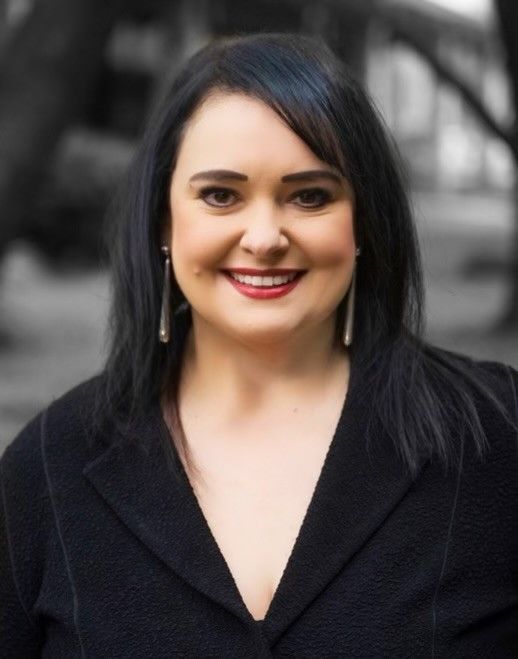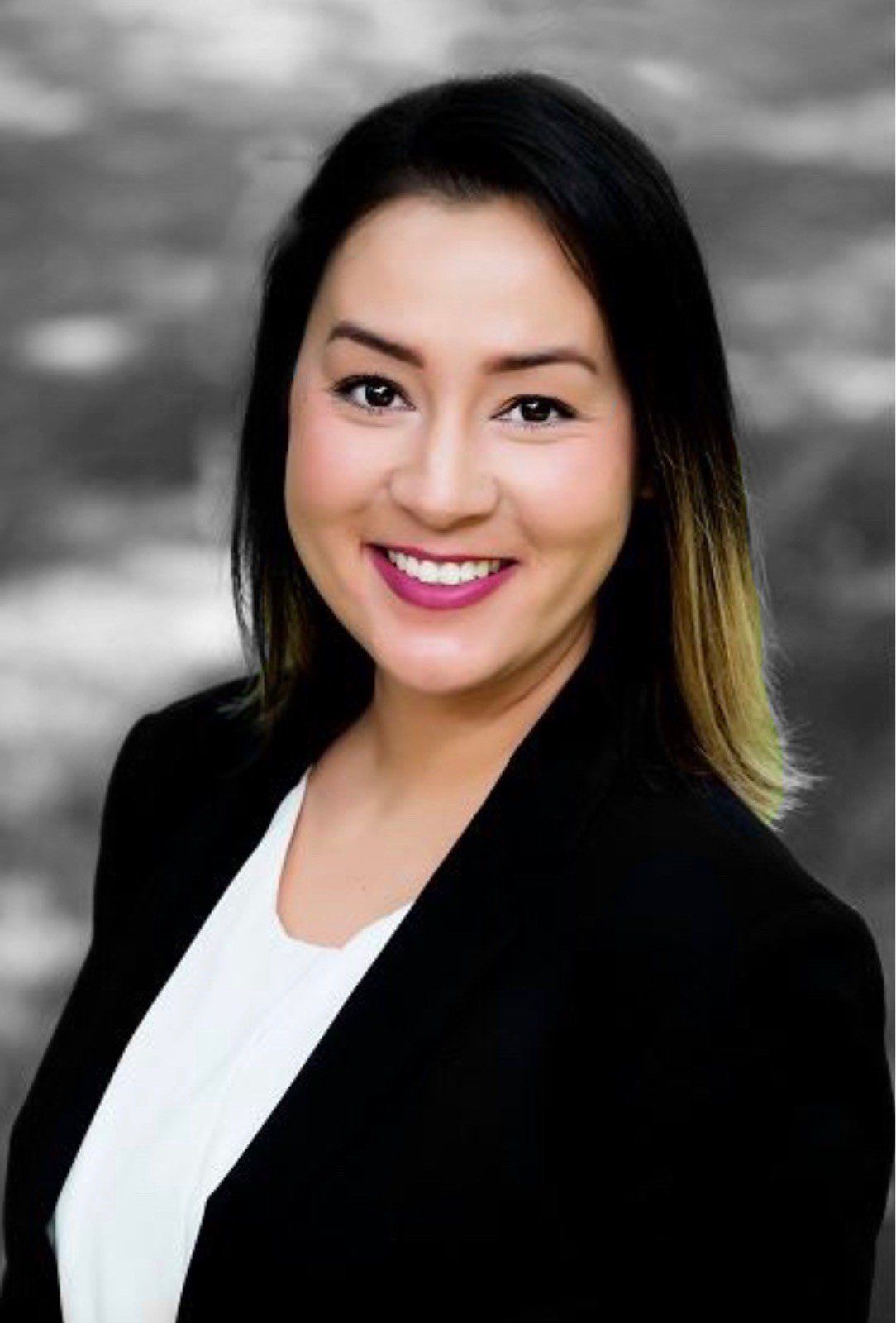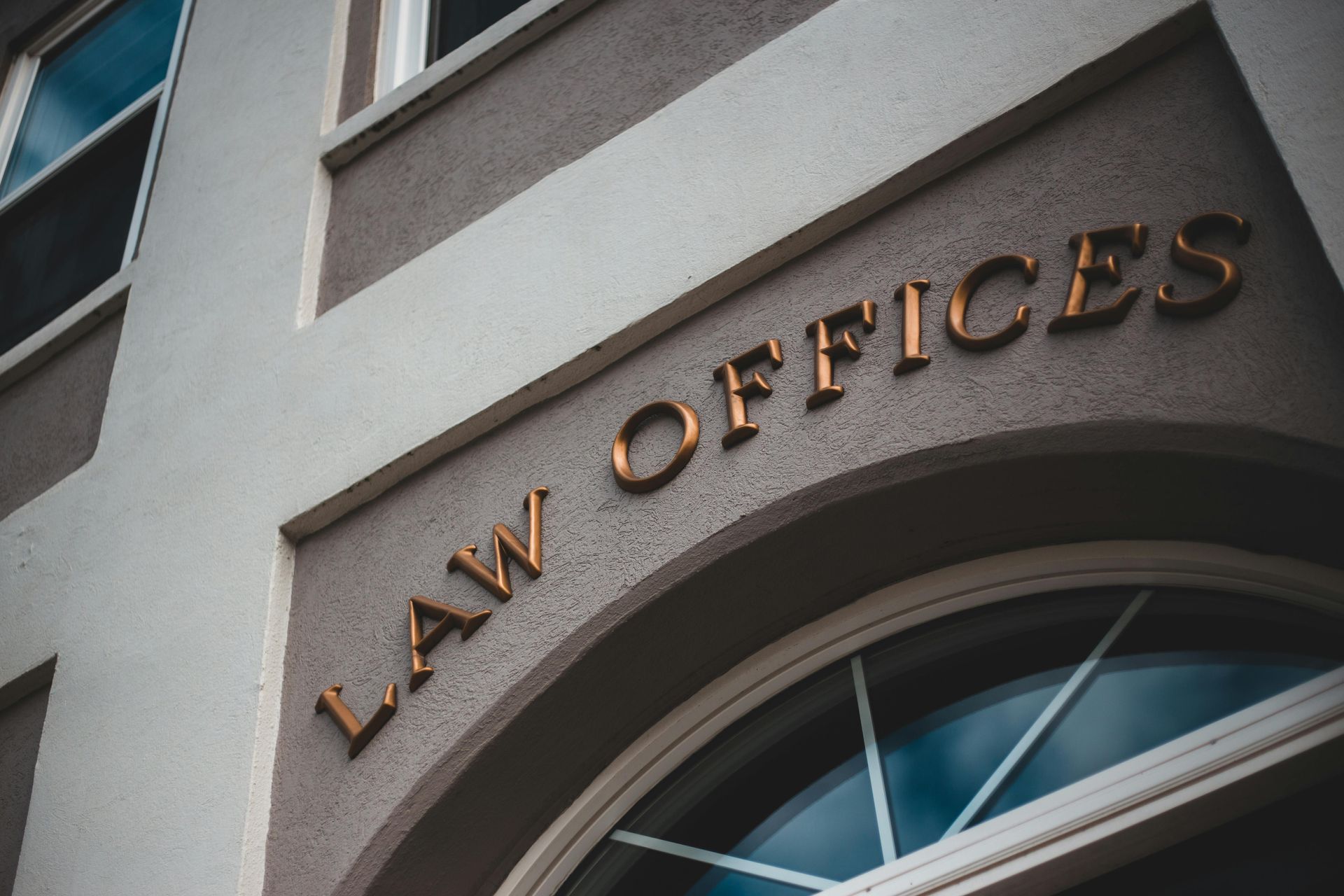For the Purposes of Trademark Law, What is Use in Commerce?
ATTORNEYS IN DALLAS
Definition, requirements, and considerations for establishing genuine use in commerce for trademarks.
For the Purposes of Trademark Law, What is Use in Commerce?
Section 45 of the Trademark Act provides a definition for "use in commerce" as the genuine use of a trademark in regular trade activities. When the mark is used in connection with goods, it is considered used in commerce if it appears on the goods, their containers, associated displays, tags, labels, or on related documents when placing the mark directly on the goods is not practical. Additionally, the goods must be sold or transported in a form of commerce that falls under Congress's regulatory authority. This includes interstate commerce, territorial commerce, or commerce between the U.S. and a foreign country. Purely intrastate commerce is not sufficient for federal trademark registration. However, if commerce within one state affects a type of commerce regulated by Congress, it satisfies the requirements of the Trademark Act. An example of this would be restaurant or hotel services where customers cross state lines in response to advertising or a franchisee operates in multiple states using the trademark.
For services, the trademark must be used in connection with the sale or promotion of the services, and the services must be rendered in commerce. Offering services via the Internet qualifies as use in commerce since they are accessible to consumers nationally or internationally. When applying for a trademark, there is no need to specify the type of commerce in which the mark is used.
Lawful use is another crucial aspect of use in commerce, as a party cannot establish trademark priority without it. Failure to comply with relevant laws, such as labeling requirements, can prevent a party from claiming priority rights in trademark disputes.
The interpretation of use in commerce takes into account the specific practices of different industries. This flexibility acknowledges that industries may have non-traditional uses, such as infrequent sales of large or expensive items, test market sales, or ongoing shipments of a new drug to clinical investigators before FDA approval. In cases where a third party challenges the use of a mark, they may argue that the use is insignificant or not genuinely associated with the trademark or that it is minimal and unrelated to commercial activities. The definition of "use in the ordinary course of trade" varies across industries.
The date of first use in commerce is determined by the initial sale, transportation of goods, or the first provision of services with the use of the mark in sales or advertising. If an applicant wants to amend the date of first use, they must provide an affidavit or declaration supporting the change. If the application is based on use in commerce, the applicant can amend the date to a later one, as long as it is before the filing date of the application. If the first use date is not before the filing date and the application is based on intent-to-use, the applicant can change the basis to a bona fide intent-to-use.
In cases where the applicant filed based on an intent-to-use and wishes to change the date stated in the Amendment to Allege Use, if the new date is later than the filing date of the Amendment to Allege Use, the applicant must withdraw the amendment before the application is approved for publication.
Contact an Experienced Trademark Attorney
If you need legal advice regarding your trademark rights, assistance with trademark prosecution, or representation in a domain name dispute, contact Wilson Whitaker Rynell. Our team of trademark lawyers has extensive experience in all aspects of trademark and copyright law, including the filing of trademark applications and representing clients in defense or prosecution before the Trademark Trial and Appeal Board.
- 66(a) Applications
- Abandoning a Trademark Application or Withdrawing a TTAB Proceeding
- Abandonment and Nonuse
- Abbreviations as Trademarks
- Accelerated Case Resolutions
- Acquired Secondary Trademark Meaning
- Amending Trademark Application
- Assigning a Trademark
- Assigning a Trademark and the Intent to Use Application
- Avoiding Fraud on Trademark Applications
- Avoiding Trademark Litigation
- Basis for Filing a Trademark
- Benefits of Registering a Trademark
- Bona Fide Intent to Use
- Celebrity Trademarks
- Challenging the Relatedness Factor
- Challenging Trademark Rights
- Claims in a Notice of Opposition
- Co-Existence Agreements
- Common Law Trademarks in the Internet Era
- Common Law Use and Priority
- Conflicting Marks
- Consent Agreements
- Constructive Use Priority
- Dates of Use
- Defenses in Opposition and Cancellation Proceedings
- Descriptive or Generic Trademarks
- Design Marks
- Design Trademarks
- Determining Trademark Similarities
- Discovery in TTAB Proceedings
- Dividing a Trademark Application
- Drawing Page
- Electronic Display Specimens for Trademarks
- Evidence in TTAB Proceedings
- Evidence of Acquired Distinctiveness
- Expediting Trademark Cancellation for Nonuse or Abandonment
- Extending Time to Oppose
- Factors of a Likelihood of Confusion Analysis
- False Suggestions of Connection
- Famous Trademarks and Likelihood of Confusion and Dilution
- Filing an Opposition or Cancellation Proceedings
- First Sale Doctrine
- Five Years of Use
- Foreign Trademark Rights
- Generic Trademarks
- Geographic Trademarks
- Hiring Trademark Counsel
- Immoral and Scandalous Trademarks
- Incontestability of U.S. Trademarks
- International Trademark Filings
- Joint Trademark Ownership
- Lawful Use of a Trademark in Commerce
- Likelihood of Confusion Analysis
- Likelihood of Confusion Refusal
- Merely Descriptive Trademarks
- Multiple Bases for a Trademark Application
- Overcoming and Ornamentation Trademark Refusal
- Personal Name Trademarks
- Principal and Supplemental Registers
- Protecting Single Creative Works
- Recording Trademark Assignments
- Refusal of a Trademark
- Refusing a Trade Dress Application
- Registering a Certification Trademark
- Registering a Service Mark
- Registering a Trademark That Lacks Inherent Distinctiveness
- Registering an International Trademark
- Relatedness of Goods or Services
- Request for Reconsideration in Trademark Office Action
- Requirements for International Trademark Application
- Revive an Abandoned Trademark Application
- Secondary Meaning
- Source Confusion
- Special Trademark Applications
- Standard Character and Special Format Marks
- Standing in Opposition and Cancellation Proceedings
- State Trademark Registration
- Statement of Use Extensions
- Tacking Doctrine
- Technical Trademark Use
- The Supplemental Register
- Trade Dress
- Trade Dress Application
- Trademark Application
- Trademark Clearance Searches
- Trademark Disclaimers
- Trademark Licensing
- Trademark of Authors, Performing Artists, and Characters
- Trademark Ownership
- Trademark Protection In Texas
- Trademark Settlements
- Trademark Specimens
- Trademark Specimens
- Trademark Use by Related Company
- Trademark Use in Advertising
- Trademark Use in Commerce
- Trademarking a Distinctive Mark
- Trademarking a Hashtag
- Trademarks for Musical Artists
- TTAB Discovery Rules
- TTAB Proceedings
- U.S. Service Mark
- U.S. Trade Dress
- Understanding Trade Channels
- Unitary U.S. Trademark
- Universal Symbols as Trademarks
- Using Secondary Sources
- What is an Ex Parte Appeal?
- Where to Register a Trademark
- Who Must File a Trademark?
CLIENT MATTERS
5,000+
YEARS OF SERVICE
25+
Award Winning
Recognized in the legal industry as dedicated board-certified lawyers and Rising Stars.
Expert Team
Your project will be handled by legal experts every time. You will have the most experienced attorneys working for you.
Quality Representation











